|
As I am originally from the Netherlands and learned to do goldwork at the Royal School of Needlework in London, I was, until a couple of years ago, not very familiar with all the medieval goldwork embroidery that has survived in Germany. There is a lot! But it is sadly almost always published in German. Not very accessible for the worldwide embroidery community or indeed embroidery researchers from outside of Germany. The German embroidery community is very small and mainly interested in cross-stitch and whitework. I am thus sometimes a bit at a loss for whom these magnificent German publications were actually written. They are often full of very technical details. Things makers want to know, not necessarily your average archaeologist or (art) historian. Last year, I uncovered another one of these brilliant publications on the textile finds from the imperial and episcopal graves of Speyer Cathedral. Let me introduce you to some pretty amazing pieces! Firstly, we have the mantle of Philip of Swabia (1177-1208) made in the last quarter of the 12th or the early 13th century. On it are two medallions with goldwork embroidery. One shows Christ, the other Mary. The mantle's fabric and probably also the embroideries came from Byzantium. Philip had married Irene Angelina (1181-1208), a daughter of Byzantine emperor Isaac II Angelos (1156-1204). He thus had easy access to textile products from Byzantium. The embroidery is executed on a piece of fine samite with silk and gold threads. The goldwork is quite fine with about 40 parallel threads per centimetre. Interestingly, the gold threads are couched in normal surface couching, apart from the turns. These are done in underside couching (for instance also seen in the Reitermantle in Bamberg (DMB Inv.Nr. 3.3.0003)). For years, this combination of normal surface couching with a turn in underside couching eluded me. Why did they do that? When it came up in a discussion with Cindy Jackson recently, she immediately came up with a perfectly logical explanation: the turn is neater/easier. I had never thought of that. Although I know that many people struggle with making neat turns, I never found them hard or daunting to do. Doing an underside couching stitch with silk comes with the risk of breaking your couching thread. However, I perfectly understand that it is probably worth the risk when turns are not your forte. Mystery solved! Another spectacular find is a pair of episcopal socks from one of the bishop's graves. The embroidery is completely executed in underside couching. It is therefore possible that these luxury socks were made in England around the year 1200. However, as we have seen in the contemporary mantle of Philip of Swabia, the underside couching technique was by no means exclusively practised in England. My gut feeling is that underside couching = Opus anglicanum = England is sometimes a little too eagerly applied for goldwork embroidery found in continental Europe.
Apart from describing the original excavations in the early 20th century, the publication also has very good chapters on medieval textile techniques (weaving, finger looping and tablet weaving). Another chapter compares the finds from Speyer with contemporary finds from elsewhere. The chapters on the scientific investigations of the finds are also very good with a whole chapter on the gold threads. If you are interested in archaeological textiles (some with goldwork embroidery), this book is for you. As the book is a little older, you can sometimes find it second-hand. However, you might be able to get it through a library. Literature Herget, M., 2011: Des Kaisers letzte Kleider. Neue Untersuchungen zu den organischen Funden aus den Herrschergräbern im Dom zu Speyer, Historisches Museum der Pfalz Speyer.
14 Comments
Quite a while ago, I filmed myself setting up a small slate frame. When I started filming the instructional videos for the 2023 Glentleiten workshop, I finally came around to editing the old video and uploading it. The older video is in English and shows you how to apply a piece of linen to your slate frame. The newer video is in German and goes a step beyond the linen. It shows you how to sew a piece of silk onto your linen. Even if your German isn't very good or non-existent, you will probably still understand the procedure when you first watch the English video. I hope these videos give you a good impression of my teaching style and the teaching materials I provide for embroidery courses and workshops. Please enjoy!
Apart from my passion for medieval goldwork embroidery, I am also interested in all kinds of folk embroidery. I particularly like the geometric cross-stitch patterns of Fallahi embroidery found in Egypt, Jordan, Syria and Palestine. A couple of years ago, I bought my first vintage Bedouin dress from Egypt and last year, I bought a second one from the same source:). I love dissecting these dresses and their very colourful patterns! And since I was without a proper internet connection for so long after we moved house in November, transcribing the cross-stitch patterns was one of the few things I could do as the software does not require an internet connection. So, let's unravel the mystery of another vintage Bedouin dress! The dress, or thob, is 130 cm long and measures 125 cm across the arms. The dress originates in the Sinai (Egypt) and was once worn by an adult Bedouin woman. The satin stitched dark-blue hem differentiates the dress from Palestinian village dresses that do not sport such a hem. The Bedouin travelling lifestyle and the fact that this geographical area has seen a lot of political upheavals makes attributing precise provenance to the dress impossible. Over time, too much mixing has happened. However, certain characteristics do point to the Western part of the Northern Sinai, possibly Al-Qantara: wide neck opening, the use of many bright colours in simple geometric patterns of which some are based on the carnation. The dress has been patched many times. Especially in the cuff area. These dresses took a long time to decorate and were thus highly valued. Instead of throwing them away when they were worn, they were repeatedly patched. Recycling, upcycling and mending are usually the norm in pre-industrial societies. As most of you know, embroidering on black fabric is really hard. Especially for older eyes :). Therefore, the Bedouin women tacked a piece of waste canvas onto the black cotton satin or polyester fabric. In the picture above, you can see a few white canvas threads left in the embroidery. The cross-stitch patterns and bright colour combinations found on the vintage Bedouin dress are perfect for decorating needle booklets, pincushions and the like. I used three of the five patterns found on the dress to make a small needle booklet and a cute biscornu. For the stitching, I matched the original floss colours to the closest DMC stranded cotton equivalent. My fabric is a piece of 40 ct natural coloured Zweigart linen (I dyed some black in my washing machine).
You can find a 39-page eBook for direct download with more pictures and all embroidery charts of the five geometric patterns, three loose elements and a decorative border in my webshop. |
Want to keep up with my embroidery adventures? Sign up for my weekly Newsletter to get notified of new blogs, courses and workshops!
Liked my blog? Please consider making a donation or becoming a Patron so that I can keep up the good work and my blog ad-free!
Categories
All
Archives
July 2024
|
Contact: info(at)jessicagrimm.com
Copyright Dr Jessica M. Grimm - Mandlweg 3, 82488 Ettal, Deutschland - +49(0)8822 2782219 (Monday, Tuesday, Friday & Saturday 9.00-17.00 CET)
Impressum - Legal Notice - Datenschutzerklärung - Privacy Policy - Webshop ABG - Widerrufsrecht - Disclaimer
Copyright Dr Jessica M. Grimm - Mandlweg 3, 82488 Ettal, Deutschland - +49(0)8822 2782219 (Monday, Tuesday, Friday & Saturday 9.00-17.00 CET)
Impressum - Legal Notice - Datenschutzerklärung - Privacy Policy - Webshop ABG - Widerrufsrecht - Disclaimer


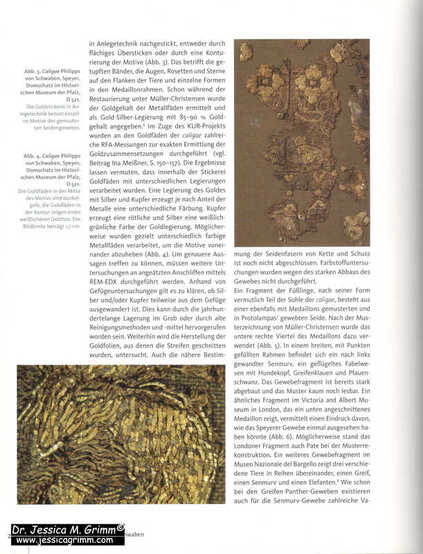
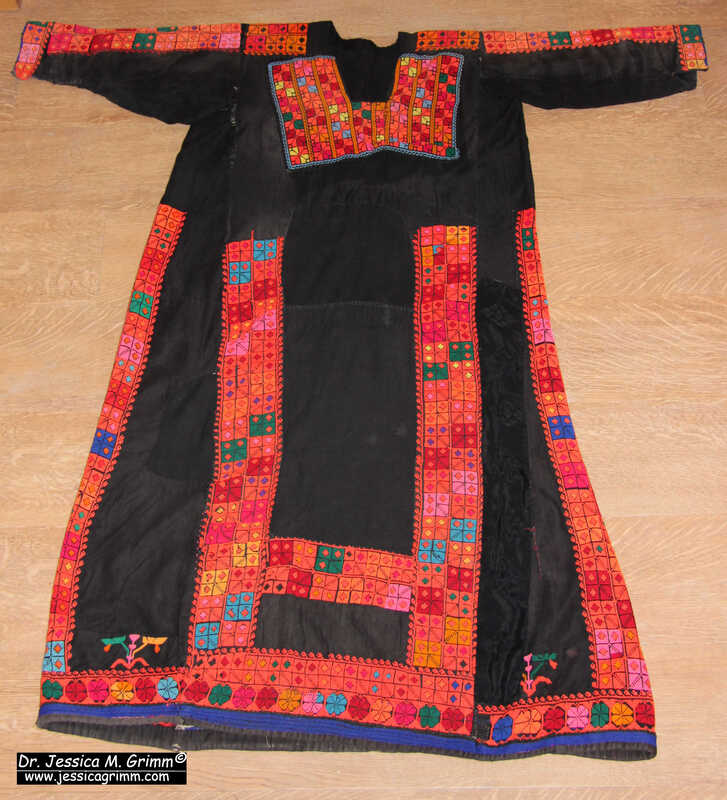
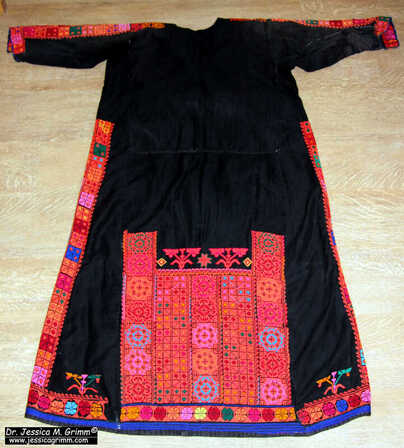
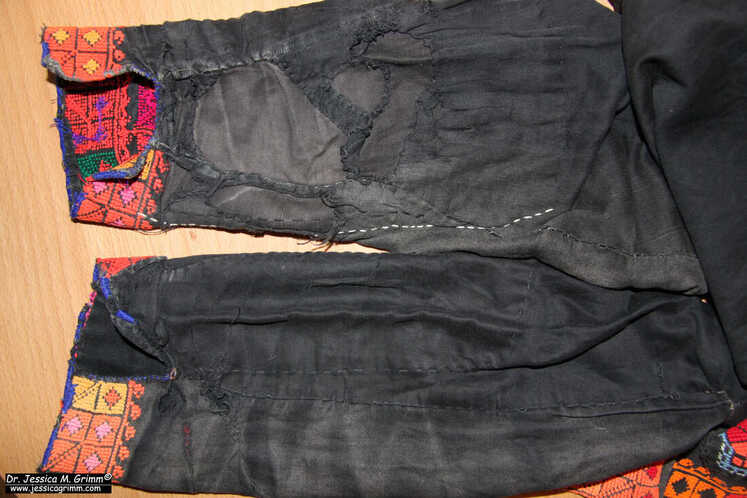
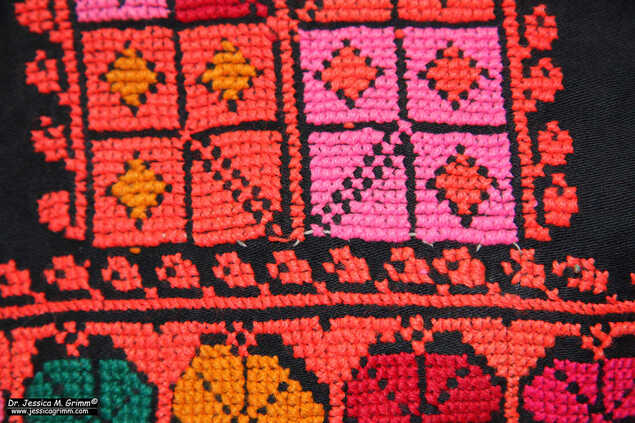

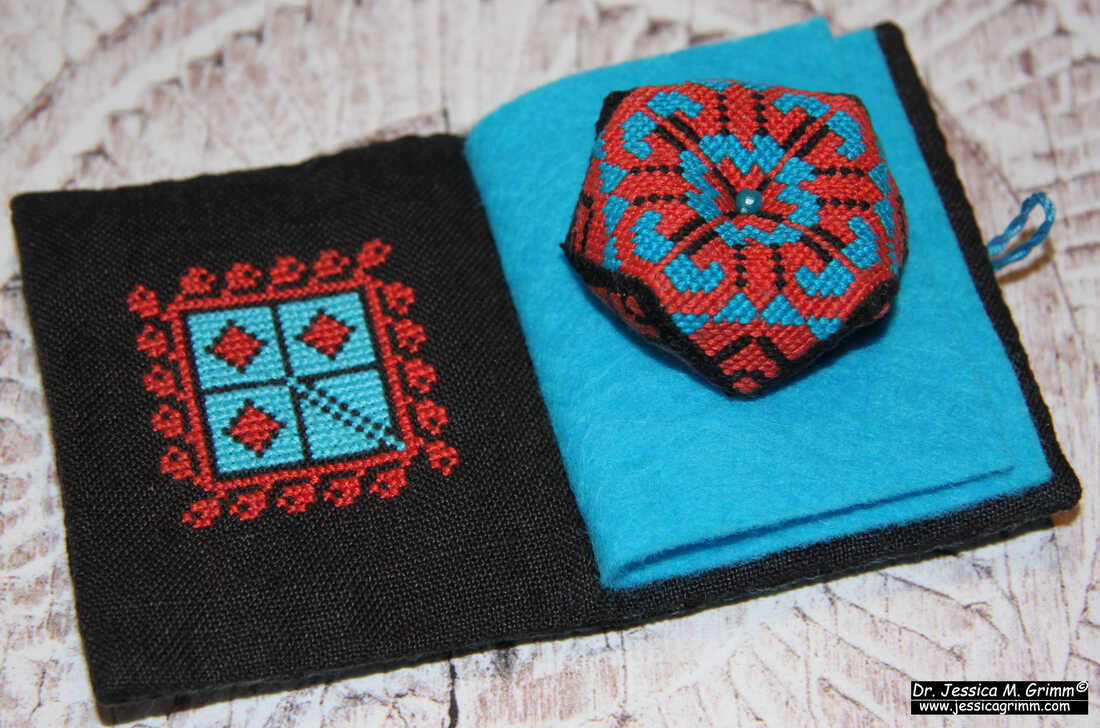





 RSS Feed
RSS Feed